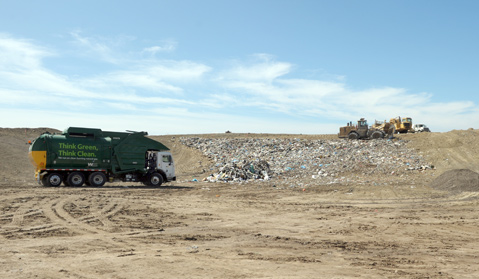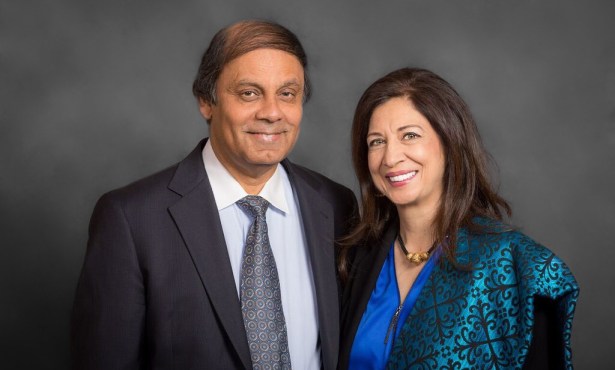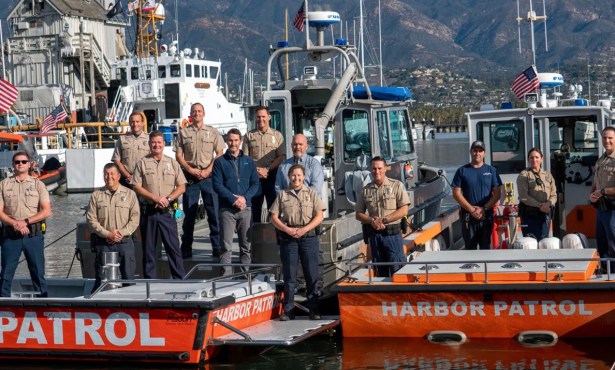Trashy Summer Reading on Tajiguas Landfill
Dump May Be Retrofitted With High-Tech Facilities

For those who find the intricate politics of trash disposal endlessly fascinating, the new 2,200-page environmental report detailing plans by County Public Works to convert a bigger chunk of the waste stream into electricity and to also capture a much greater amount of recyclable materials will prove this summer’s page-turner of choice. In that vein, county waste managers have scheduled two back-to-back Planning Commission meetings next Thursday to unveil the latest iteration of their plan to add two fresh industrial enterprises at the Tajiguas Landfill.
Driving the effort has been the need to secure additional waste disposal space beyond the 12 years’ worth Tajiguas has left on its state permit. The plan for what’s termed a Resource Recovery Plant would extend that by an additional 10 years by diverting 60 percent of material. On the table is a proposal to build a 60,000-square-foot, high-tech facility — with magnets and electric-eye-scanning technology to replace hand sorting and separation by assembly-line workers — capable of collecting 90,000 tons of sellable recyclables.
The plan also calls for a facility where green waste, food scraps, and other organic materials are placed in sealed vacuum chambers and “cooked” via anaerobic digestion and fermentation. That process generates considerable heat and methane gas, which in turn would be captured and converted into electricity. The material left over — a mulch-like substance known as “digestate” — is planned to be given away to area ranchers as a form of ground cover. All this will cost about $60 million. Rather than fund this out-of-pocket, the county has gone into a partnership with John Dewey, a private developer from San Luis Obispo.
While any estimate is premature, it’s believed the new facilities will translate into a monthly trash-bill increase of $4 a month. Coincidentally, county residents generate roughly 14 pounds of waste a day, four of which end up in the landfill. The environmental report concluded there are no Class I negative impacts associated with the proposal. Likewise, it found that all but one of the alternatives examined in the report had worse consequences. The biggest controversy surrounding the plan involves further industrializing the Gaviota Coast. Marc Chytilo, the attorney representing many Gaviota Coast preservationists, noted that in 1999, the county supervisors unanimously voted to find some other final resting place for the South Coast’s waste stream. Chytilo said he has yet to finish processing the lengthy report, but he remains convinced that the Gaviota Coast is the wrong location.



